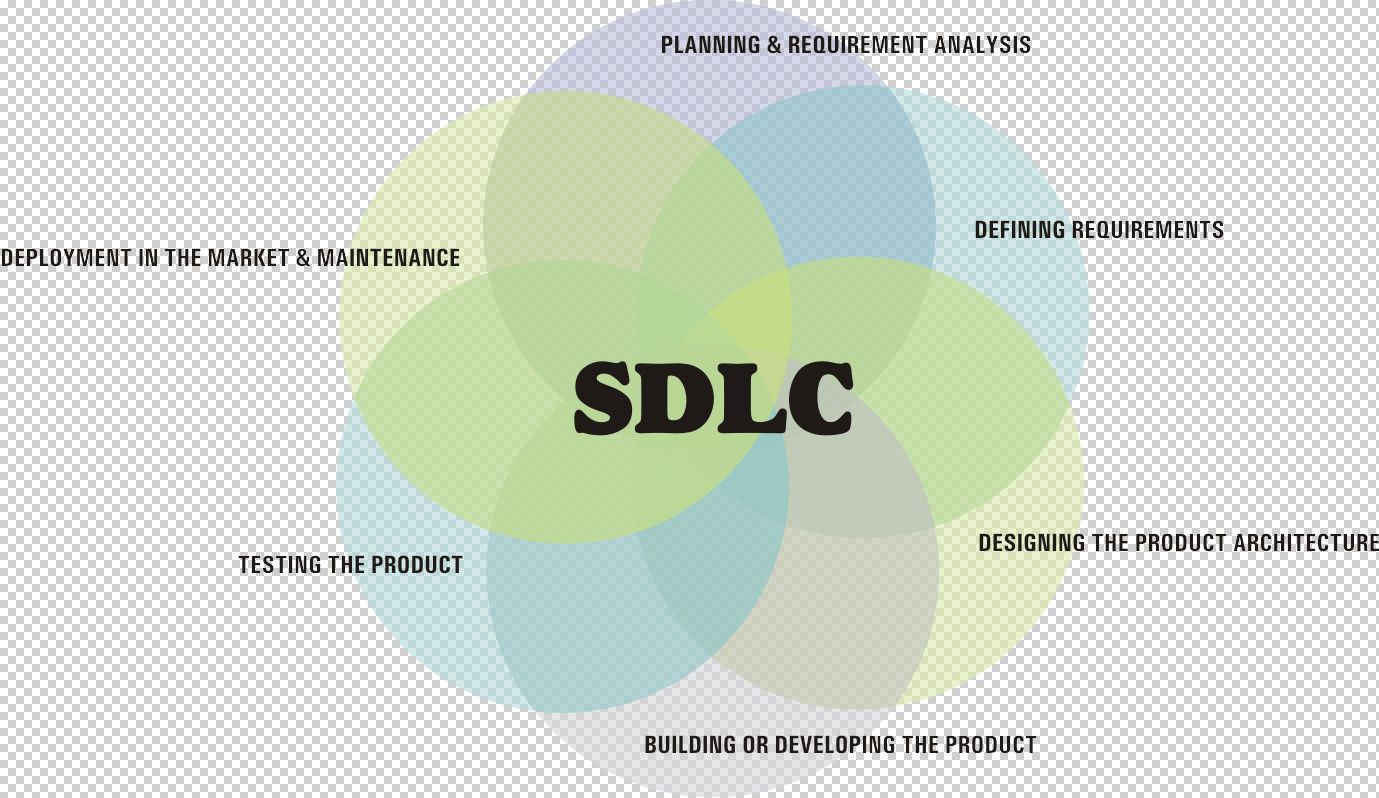Systems/Software development life cycle (SDLC)

The systems development life cycle (SDLC), also referred to as the application development life-cycle, is a term used in systems engineering, information systems and software engineering to describe a process for planning, creating, testing, and deploying an information system.
The SDLC aligns with the key phases that are essential for developers, such as planning, analysis, design, and implementation.
There are several major SDLC types:
Waterfall Model: a sequence of stages in which the output of each stage becomes the input for the next.
V-Shaped Model: an extension of the waterfall model, Instead of moving down in a linear way, the process steps are bent upwards after the implementation and coding phase, to form the typical V shape.
Evolutionary Prototyping Model: refers to the activity of creating prototypes of software applications, for example, incomplete versions of the software program being developed
Spiral Method (SDM): combining elements of both design and prototyping-in-stages, in an effort to combine advantages of top-down and bottom-up concepts
Iterative and Incremental Method
Agile development: It is based on iterative and incremental development, where requirements and solutions evolve through collaboration between cross-functional teams.
Software development life cycle only looks at software components development planning, technical architecture, software quality testing and deployment of working software.
System development life cycle involves end-to-end People, process, Software/Technology deployment. This includes Change Management, training, Organizational updates, also.
More to read:
https://en.wikipedia.org/wiki/Systems_development_life_cycle